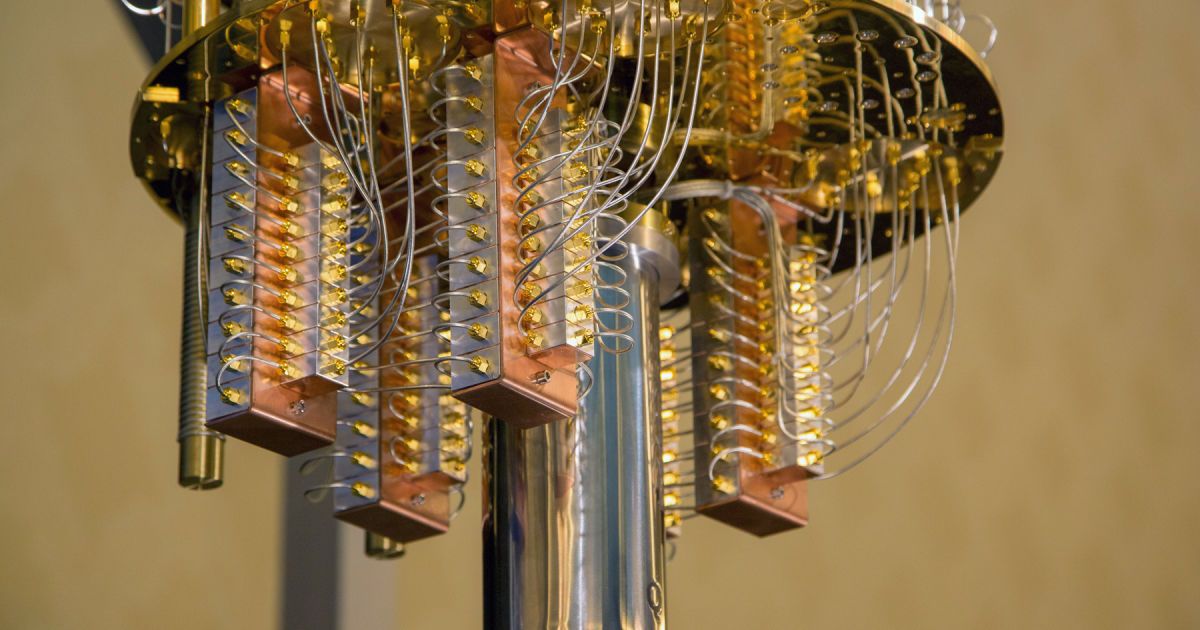Every memory leaves its own imprint in the brain, and researchers are starting to work out what one looks like.


This Star Wars augmented reality game means the Force can be with you always.

Imagine you and a group of friends are at the peak of a mountain after a long hike. It’s sunset and the sky is alight; you want to take a photo. You pull out your smartphone, but instead of flipping it around to take a long-armed selfie, you unclip a tiny drone from the back of your phone, make it hover at the perfect height and snap a series of photos, no extendo-arms required.
With CES 2018 now in full swing, it’s time to explore what Intel, Samsung, Toyota, and other companies have in store for the future of consumer electronics.
The 2018 Consumer Electronics Show is now in full swing. Between now and Friday, January 12, all kinds of technology — both conceptual and practical — will be unveiled and trotted out in front of audiences. We’ve already written about what you can expect to see from CES 2018, but as day one draws to a close, it’s a good time to check-in on what’s already trending.

WiFi security hasn’t changed much since WPA2 came to be in 2004, and that’s becoming increasingly apparent when public hotspots are frequently risky and glaring exploits are all too common. It’s about to get a long-due upgrade, though: the Wi-Fi Alliance plans to roll out a WPA3 standard that addresses a number of weak points. For many, the highlight will be individualized data encryption. Even if you’re on an open public network, you won’t have to worry quite so much about someone snooping on your data.
You’ll also see safeguards even when people have terrible passwords, and a simplified security process for devices that have either a tiny display or none at all (say, wearable devices or smart home gadgets). And companies or governments that need stricter security will have access to a 192-bit security suite.
WPA3 should arrive sometime in 2018, and comes on the back of other improvements like more thorough testing to catch potential vulnerabilities before they require emergency patches. These initiatives aren’t going to guarantee airtight security when you’re at the coffee shop, but they could at least eliminate some of WiFi’s more worrying flaws.

Tesla has apparently begun manufacturing its solar roof tiles at its Buffalo, New York, factory, according to Reuters. The company is also starting the process of surveying the homes of people who placed a deposit on the tiles last year for installation purposes. We’ve reached out to Tesla for confirmation.
Preorders for the solar roof tiles began back in May; customers paid $1,000 as a deposit on the product, and US installation was supposed to start in the summer of 2017. However, unsurprisingly, the process was delayed. But now, it looks as though most of the kinks have been worked out, and Reuters reports that the roofs will be installed in coming months.
Tesla claims that the solar roof tiles will cost less than a typical roof, around $21.85 per square foot instead of $24.50. The tiles are a solid option if you’re planning on replacing your roof in the next few years, or if you’re considering solar panels. The tiles look like regular shingles; in fact, not every shingle installed is solar, though you can’t distinguish between the two. You can customize what percentage of your roof tiles are solar in their online tool; the max is 70 percent. Obviously, the more solar panels you install, the more expensive your roof is. The company is still taking preorders with $1,000 deposits. You can sign up at their website if you’re so inclined.
And you thought that 65-inch TV you just bought was big? Sorry, friend.

From afar, it looks like a steampunk chandelier. An intricate collection of tubes and wires that culminate in a small steel cylinder at the bottom. It is, in fact, one of the most sophisticated quantum computers ever built. The processor inside has 50 quantum bits, or qubits, that process tasks in a (potentially) revolutionary way. Normally, information is created and stored as a series of ones and zeroes. Qubits can represent both values at the same time (known as superposition), which means a quantum computer can theoretically test the two simultaneously. Add more qubits and this hard-to-believe computational power increases.
Last November, IBM unveiled the world’s first 50-qubit quantum computer. It lives in a laboratory, inside a giant white case, with pumps to keep it cool and some traditional computers to manage the tasks or algorithms being initiated. At CES this year, the company brought the innards — the wires and tubes required to send signals to the chip and keep the system cool — so reporters and attendees could better understand how it works. The biggest challenge, IBM Research Vice President Jeffrey Welser told me, is isolating the chip from unwanted “noise.” This includes electrical, magnetic and thermal noise — just the temperature of the room renders the whole machine useless.


There’s an unidentified source of infrared throughout the universe. By looking at the specific wavelengths of the light, scientists think that come from carbon—but not just any carbon, a special kind where the atoms are arranged in multiple hexagonal rings. No one has been able to spot one of these multi-ring “polycyclic aromatic hydrocarbons,” or PAHs in space—even though the infrared emissions imply that these PAHs should make up 10 percent of the universe’s carbon. Now, scientists have found a new hint.
A team of researchers in the United States and Russia are now reporting spotting a special single-carbon-ring-containing molecule, called benzonitrile, with a radio telescope in a part of space called the Taurus Molecular Cloud-1. Benzonitrile only has one hexagonal ring of carbon, so it’s not a poly cyclic aromatic hydrocarbon itself. But it could be a potential precursor and could help explain the mysterious radiation.
Before you even ask, yes, this “aromatic” benzonitrile molecule has a smell. “I can tell you from personal experience it smells like almonds,” study first author Brett McGuire from the National Radio Astronomy Observatory told Gizmodo, who has encountered the molecule in the lab.